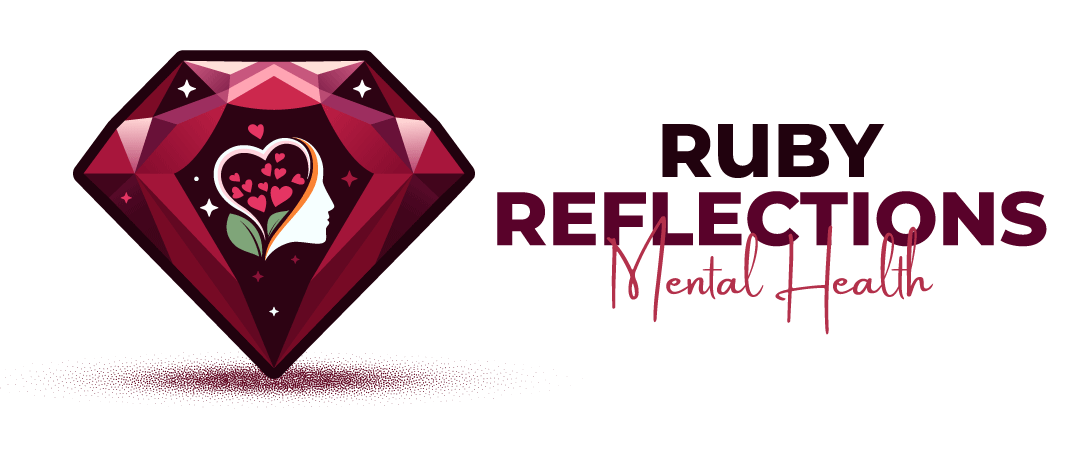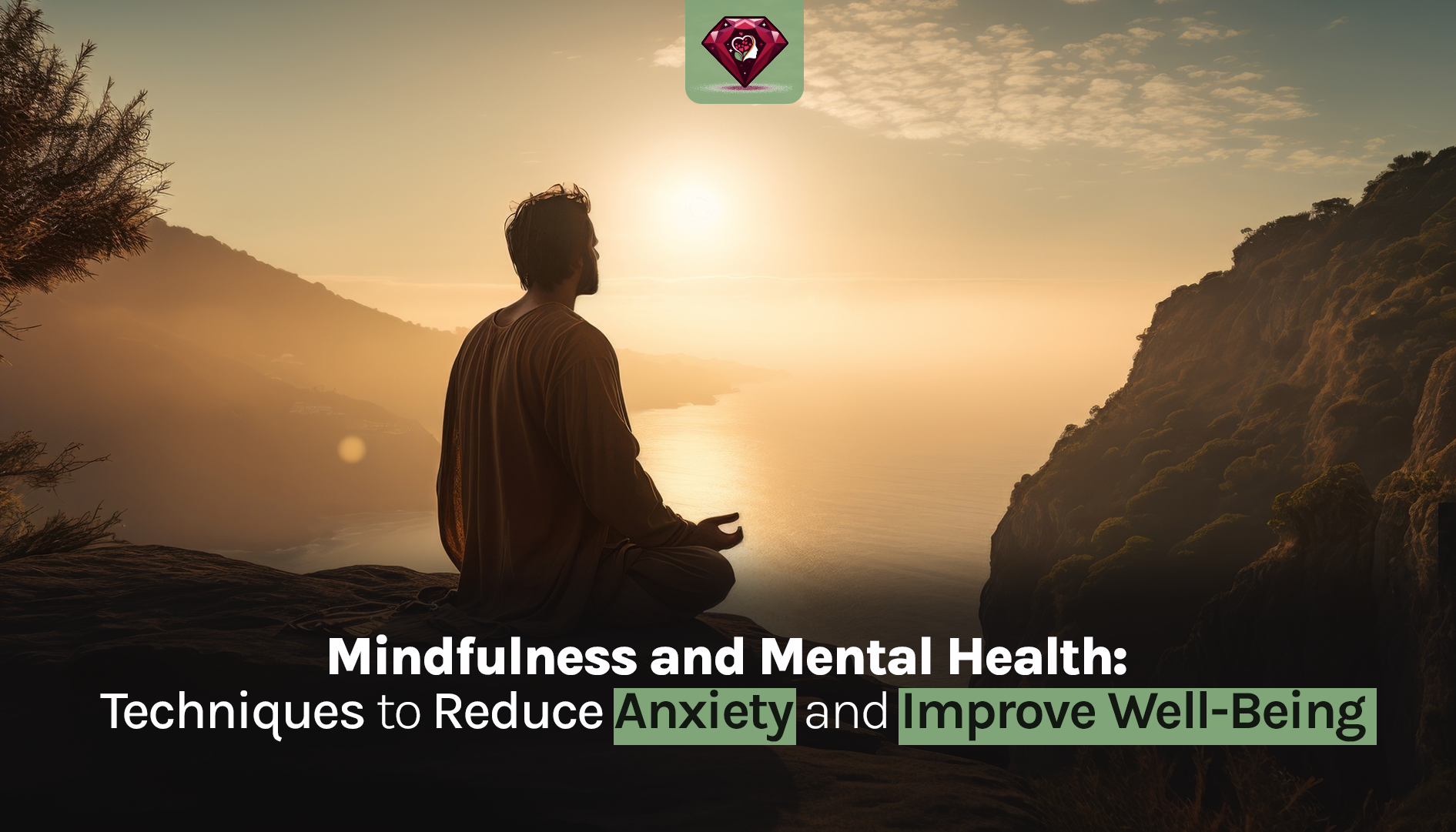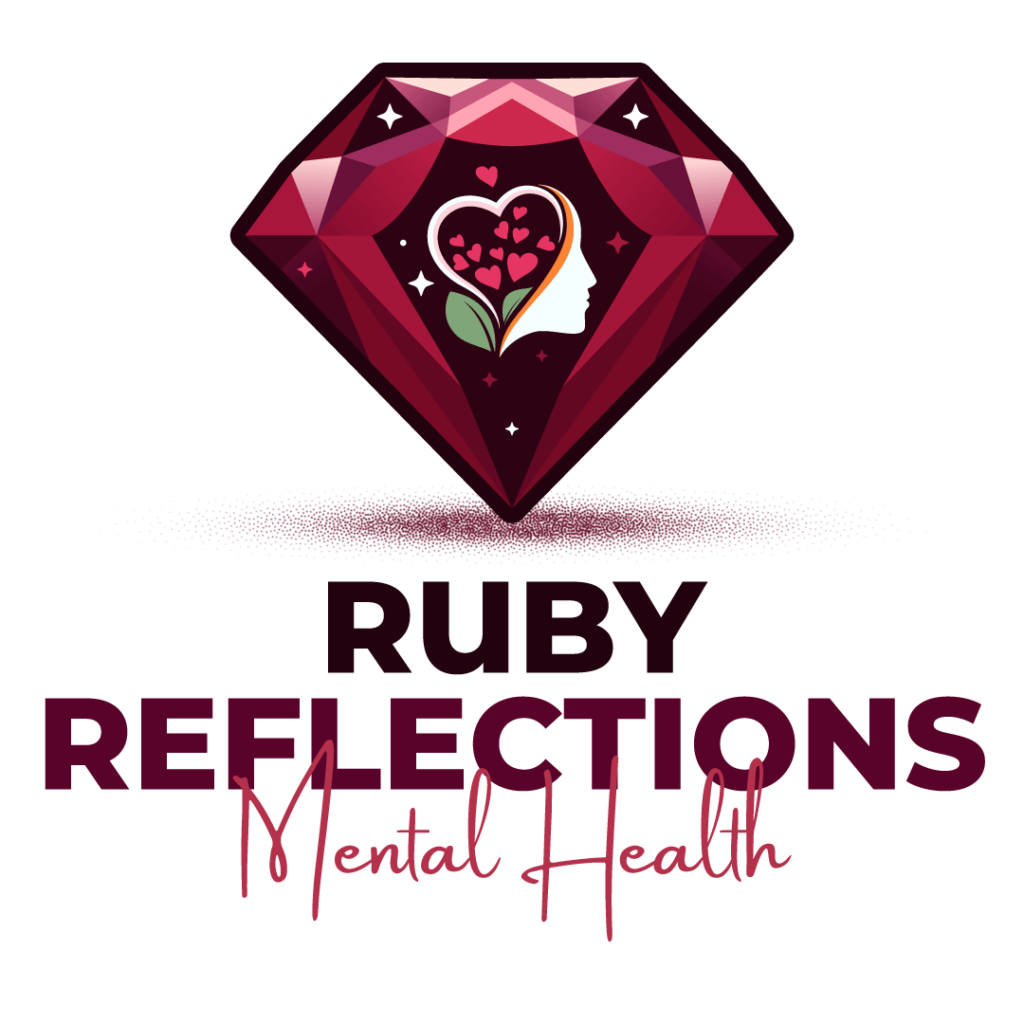In today’s fast-paced world, stress and anxiety have become common experiences for many people. Amid the chaos, mindfulness offers a powerful tool to help manage these feelings and enhance overall well-being. This blog introduces mindfulness practices and explores how they can reduce anxiety, improve mental health, and promote a more balanced life.
What Is Mindfulness?
Mindfulness is the practice of paying attention to the present moment without judgment. It involves being fully aware of your thoughts, feelings, and surroundings, allowing you to observe them without getting caught up in them. Mindfulness can be cultivated through various techniques, including meditation, breathing exercises, and mindful movement.
Benefits of Mindfulness for Mental Health
1.Reduces Anxiety: Mindfulness helps break the cycle of worry and rumination that fuels anxiety. By focusing on the present moment, individuals can step back from their anxious thoughts and gain a sense of calm.
2.Enhances Emotional Regulation: Mindfulness encourages a non-reactive awareness of emotions, allowing individuals to respond to situations thoughtfully rather than reacting impulsively. This can lead to better emotional regulation and resilience.
3.Improves Concentration and Focus: Regular mindfulness practice can enhance attention and concentration, helping individuals stay present and engaged in their daily activities.
4.Promotes Self-Awareness: Mindfulness fosters a deeper understanding of oneself by encouraging reflection on thoughts and behaviors. This self-awareness can lead to personal growth and improved mental health.
5.Reduces Symptoms of Depression: Mindfulness has been shown to reduce symptoms of depression by helping individuals break free from negative thought patterns and fostering a more positive outlook on life.
Mindfulness Techniques to Reduce Anxiety and Improve Well-Being
1.Mindful Breathing
-Find a quiet place to sit comfortably.
-Close your eyes and take a few deep breaths, inhaling through your nose and exhaling through your mouth.
-Focus on your breath, noticing the sensation of the air entering and leaving your body.
-If your mind wanders, gently bring your focus back to your breath.
2.Body Scan Meditation:
– Lie down in a comfortable position and close your eyes.
– Starting from your toes, slowly bring your attention to each part of your body, noticing any sensations, tension, or discomfort.
– Move up through your body, part by part, until you reach the top of your head.
– Take your time and breathe deeply as you scan your body.
3.Mindful Walking:
– Find a quiet place to walk, whether indoors or outdoors.
– Walk slowly and deliberately, paying attention to each step.
– Notice the sensation of your feet touching the ground, the movement of your legs, and the rhythm of your breath.
– Observe your surroundings without getting lost in thought.
4.Loving-Kindness Meditation:
– Sit comfortably and close your eyes.
– Begin by focusing on your breath and bringing a sense of calm to your mind.
– Silently repeat phrases like “May I be happy, may I be healthy, may I be safe, may I live with ease.”
– Gradually extend these wishes to others, starting with loved ones and eventually including all beings.
5. Mindful Eating:
– Choose a meal or snack and sit down in a quiet place.
– Take a moment to appreciate the food’s appearance, smell, and texture.
– Eat slowly, savoring each bite and noticing the flavors and sensations.
– Pay attention to how your body feels as you eat and when you begin to feel full.
Incorporating Mindfulness into Daily Life
1.Start Small: Begin with just a few minutes of mindfulness practice each day and gradually increase the duration as you become more comfortable.
2.Be Consistent: Consistency is key to reaping the benefits of mindfulness. Try to practice at the same time each day to build a routine.
3.Be Patient: Mindfulness is a skill that takes time to develop. Be patient with yourself and remember that it’s normal for your mind to wander during practice.
4.Integrate: Mindfulness into Routine Activities:You can practice mindfulness during everyday activities like brushing your teeth, washing dishes, or driving. Focus on the sensations and actions involved in each task.
5.Seek Support: Consider joining a mindfulness group or taking a class to deepen your practice and connect with others.
Conclusion
Mindfulness offers a simple yet profound way to reduce anxiety and improve mental health. By incorporating mindfulness practices into your daily life, you can cultivate greater self-awareness, emotional balance, and overall well-being. Remember, mindfulness is a journey, and each moment of practice is a step towards a healthier, more fulfilling life. Start small, be patient, and enjoy the benefits of being fully present in your life.






